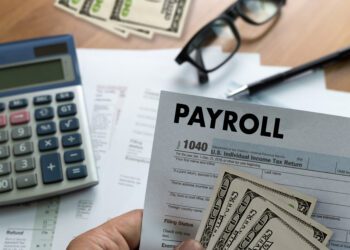#1 Rate Uncertainty – Short Duration High Yield Is Less Sensitive to Interest Rates
When the Fed cut rates in September, many expected Treasury rates to fall based on flows into Intermediate Core and Intermediate Core Plus funds. In fact, they had been trending downward during the months leading up to the rate cut. However, after that first 50-basis-point rate cut, the 10-year Treasury yield actually increased 100 bps, ending the year close to 4.60%. During that time, the Bloomberg Aggregate Index declined 3.6%, and investment grade corporate bonds lost 3.2%. During the same time period, short duration high yield returned 0.7%, demonstrating lower sensitivity to interest rates. For the 2024 calendar year, short duration high yield returned 7.1%, significantly outperforming core and investment grade corporate bonds which returned 1.3%, and 2.8%, respectively.
#2 Healthy Fundamentals and Higher-Quality Issuers
Since high yield is more dependent on the health of issuers, corporate fundamentals are important. The default rate as per J.P. Morgan ended the year at 1.5%, less than half the long term average. According to their forecasts, the default rate will end 2025 at 1.25%, well below long-term averages. One reason high yield issuers have been so resilient is that many refinanced their debt during 2020 and 2021 at very low yields, reducing their interest-rate expense and improving interest coverage ratios. A more secular trend has been the higher-quality nature of the asset class. Approximately half of the market is rated BB, and mostly comprised of public companies, many of which are in the S&P 500.
Another positive indicator is the ratio of upgrades to downgrades within high yield. As the Fed hiked rates, tightening lending conditions, the upgrade to downgrade ratio remained above one and has been increasing. This means that credit agencies are upgrading the ratings of more credits than they are downgrading, signaling a healthy market. Notably, there is somewhat of a bifurcation as more of the upgrade activity is occurring in the higher-quality segment of the market, whereas CCCs and split-rated single-Bs are experiencing more downgrades.
#3 Attractive Yield with Limited Volatility
Looking at the short duration segment of the market, this typically includes bonds that are closer to maturity and excludes CCC-rated bonds. Since most bonds that default are rated CCC a year before defaulting, strategies tied to a short duration high yield index have historically experienced lower default rates.1 Additionally, because this part of the market has shorter maturities than the broad market, it is inherently less volatile due to bond math. Bond prices are less sensitive to changes in yield and spread. As shown below, not only has short duration high yield exhibited less volatility than the broad high yield index, but investment grade corporates as well. Still, short duration high yield is yielding over 90% of the broad high yield market and more than the investment grade corporate index.












